
Does Salicylic Acid Darken Skin? Common Misconceptions Explained
- Does Salicylic Acid Darken Skin? Common Misconceptions Explained
- Does salicylic acid darken skin?
- Possible reasons for skin darkening with salicylic acid
- How to use salicylic acid without darkening skin
- Can salicylic acid make hyperpigmentation worse?
- Conclusion
- FAQs
Salicylic acid is often hailed as the skincare holy grail, especially for acne-prone and oily skin types. From preventing breakouts to unclogging pores, the benefits of salicylic acid serum are well-documented. But despite its popularity, some people still wonder, ‘Does salicylic acid damage skin?’ in online forums and skincare communities.
That's where this blog post comes in — we'll be delving into this very question, debunking what's real from what's not, and sharing tips to ensure you're using this potent beta hydroxy acid (BHA) safely. We’ll also explore the main causes of skin darkening in some users and how to prevent it in the first place.
Does salicylic acid darken skin?
To state simple facts, salicylic acid does not darken skin! It is actually frequently used to lighten skin, clear pores and even out the skin tone by increasing the shedding of dead skin cells. But misuse and overuse can cause side effects, such as irritation or post-inflammatory hyperpigmentation (PIH), particularly for those with a darker skin tone.
So when the question is ‘can salicylic acid darken skin?’ the honest answer is—it can, but only indirectly and most commonly because of misuse (or inadequate sun protection).
Possible reasons for skin darkening with salicylic acid
Understanding the causes of skin darkening helps demystify the question: Does salicylic acid cause skin darkening? Here are some potential culprits:
1. Excessive use
Over-applying salicylic acid can cause dryness, flaking, and irritation. It is because of this irritation that the skin will be prompted to produce melanin. That is why you may see some dark patches
- Excessive exfoliation damages the skin barrier.
- It can cause redness, sensitivity, and PIH.
- Higher concentrations (more than 2%) should be used cautiously.
3. Over-exfoliation
Combining salicylic acid with other strong actives like glycolic acid or retinoids can be harsh on the skin
- Too much exfoliation can lead to inflammation.
- Inflamed skin is more likely to develop PIH.
- It’s best to alternate potent actives or consult a dermatologist.
4. Allergic reaction
In rare cases, allergic reactions or sensitivities to salicylic acid may present as rashes or darkened patches.
- Discontinue use if you notice hives or swelling.
- Always do a skin patch test before introducing new actives.
- Reactions may lead to scarring or pigmentation if left untreated.
How to use salicylic acid without darkening skin
Now that we’ve addressed the "why", let’s look at the “how”—how to incorporate salicylic acid safely and effectively into your skincare routine without causing pigmentation concerns.
1. Start with a low concentration
If you’re new to salicylic acid, begin with a serum or cleanser with 0.5%–1% concentration.
- Builds tolerance gradually
- Minimises the risk of irritation.
- Ideal for sensitive or reactive skin types.
Pink Foundry’s Acne & Oil Control Intense Serum with 2% Salicylic Acid is formulated with encapsulated technology that helps for a slow and steady release of salicylic acid. This time-released formula reduces acne without harming the skin, minimising redness and pigmentation.
2. Apply sunscreen daily
It is very important to protect your skin from the sun when using salicylic acid.
- Apply protection with a broad-spectrum SPF 30 or higher.
- Repeat every two hours during sun exposure
- Opt for sunscreens that contain physical filters such as Zinc Oxide and Titanium Dioxide
The Pink Foundry’s Mineral Matte Tinted Sunscreen is a great option. It provides broad-spectrum SPF 30 protection and is infused with shea butter and cucumber for hydrated, healthy-looking skin. The matte finish is ideal for oily and acne-prone skin.
3. Limit usage
You don’t need to use salicylic acid every day for it to be effective.
- 2–3 times a week is sufficient for most skin types.
- Daily use is only recommended for very oily or acne-prone skin
- Monitor skin closely for any signs of dryness or peeling.
4. Pair with hydrating ingredients
To counteract dryness or flakiness, balance your routine with moisturising products.
- Look for ingredients like glycerin, niacinamide, or ceramides.
- Using hyaluronic acid and salicylic acid together can hydrate while exfoliating
5. Patch test before use
Before incorporating any new active, always do a skin patch test
- Apply a small amount behind your ear or on your jawline
- Wait 24–48 hours to monitor for adverse reactions.
- This helps you avoid unwanted pigmentation from allergic responses.
Conclusion
So, does salicylic acid darken skin on face? Technically, the ingredient isn’t a pigmentation agent in itself. When it's misused, though — applied more times than recommended and when it's not used in conjunction with proper sunscreens — it sets up a recipe for temporary skin darkening known as PIH.
To experience the real benefits of salicylic acid serum, adhere to the golden rules: start slowly, apply sunscreens, hydrate your skin, and always patch test. Products such as The Pink Foundry’s Acne & Oil Control Intense Serum provide intelligent and skin-safe ways to address acne while minimising pigmentation risk, especially when used in combination with a daily sunscreen such as the Mineral Matte Tinted Sunscreen.
FAQs:
Can salicylic acid make hyperpigmentation worse?
Yes, if overused or used without sun protection, salicylic acid may worsen PIH in certain skin tones. However, when used correctly, it can actually improve dark spots by accelerating cell turnover.
Should I stop using salicylic acid if my skin looks darker?
Temporarily discontinue use and assess your skincare routine. It might be due to sun exposure or overuse. Reintroduce it slowly, ensuring daily sunscreen use
How long does it take for salicylic acid to even skin tone?
It varies for individuals, but most people see tone and texture changes around 4-6 weeks, with daily use and proper sun protection.
What can I combine with salicylic acid to avoid the darkening?
When used with hyaluronic acid or niacinamide, it can reduce irritation and also brighten the skin
Is it bad for the skin to use salicylic acid?
No, in fact, when used as directed, it won’t harm skin at all. Too much usage, or the wrong combination with other strong actives, can cause dryness or barrier disruption, so moderation and proportion are key.



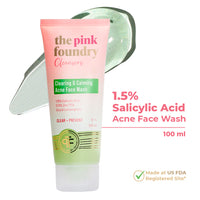
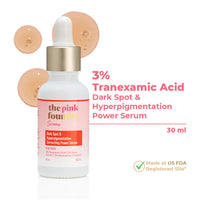
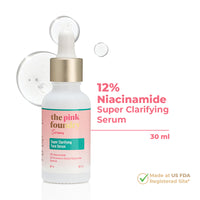
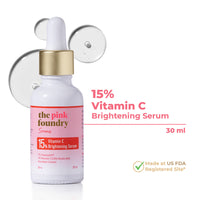
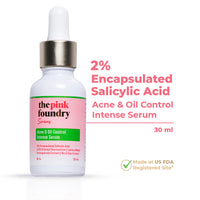
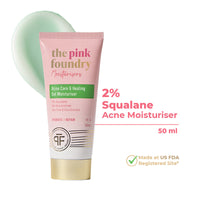
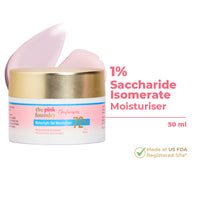


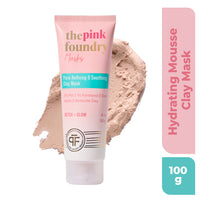
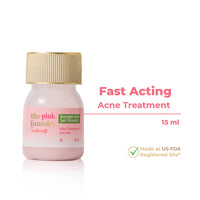


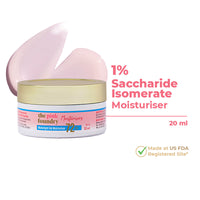

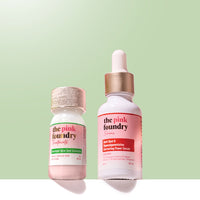

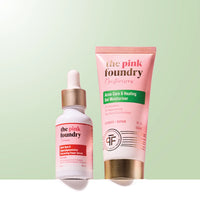

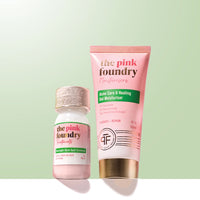
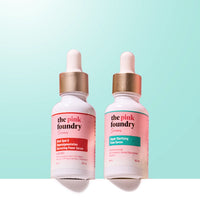


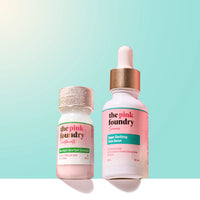


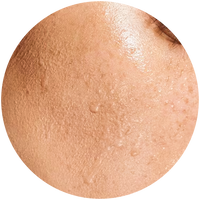
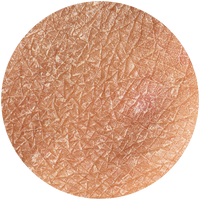
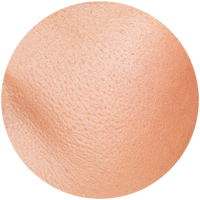
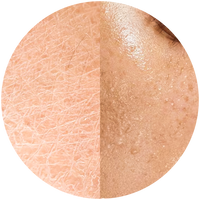
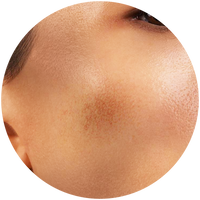
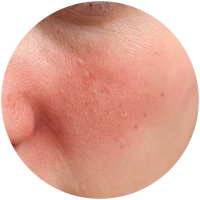
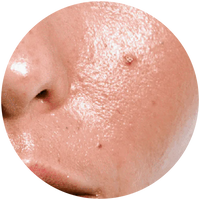
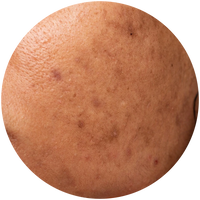
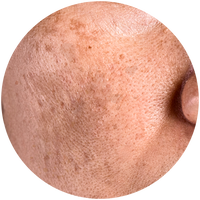
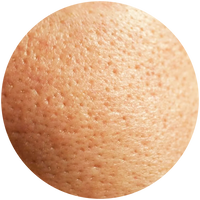
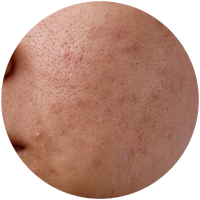
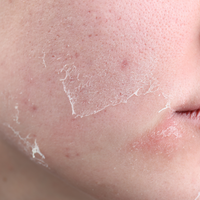
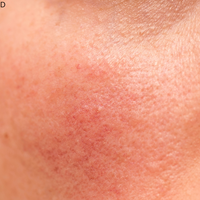
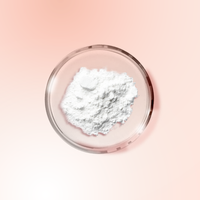



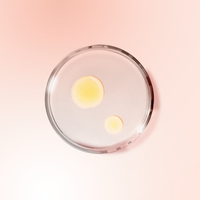
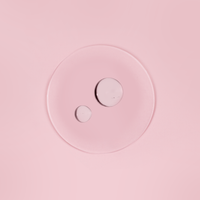
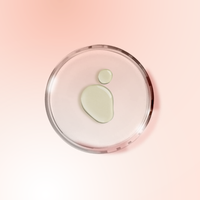


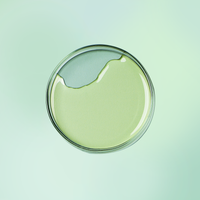
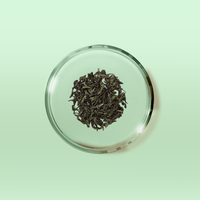






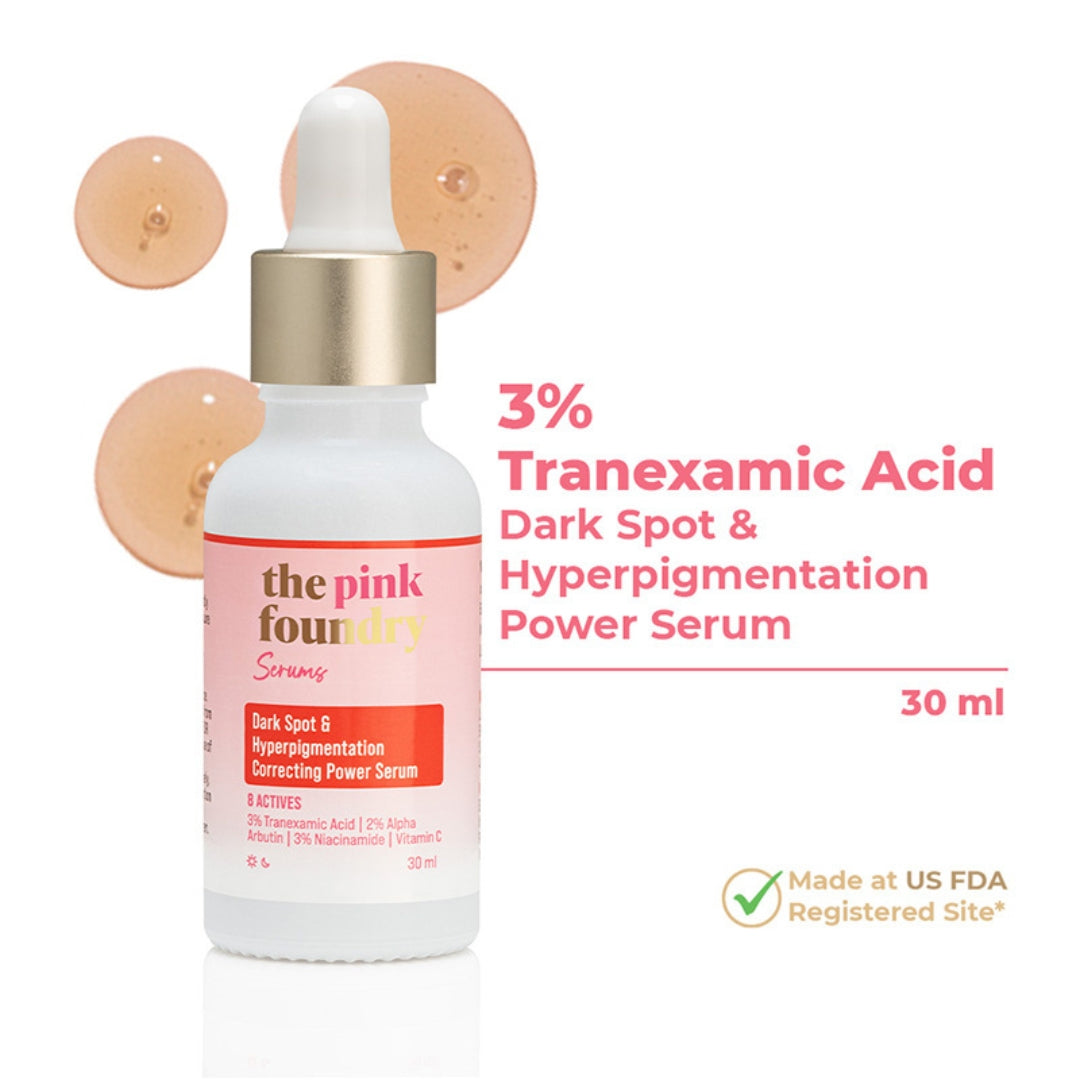
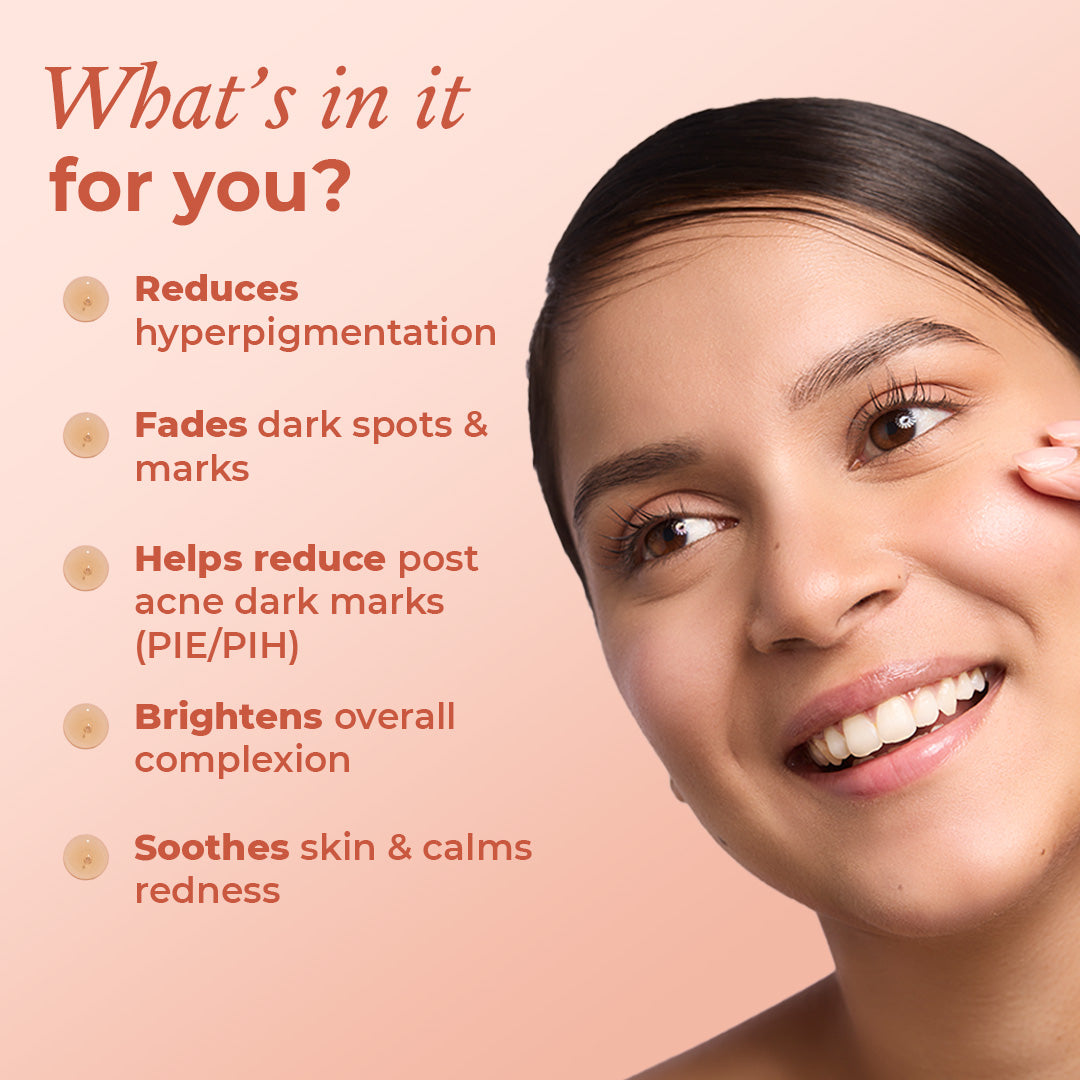
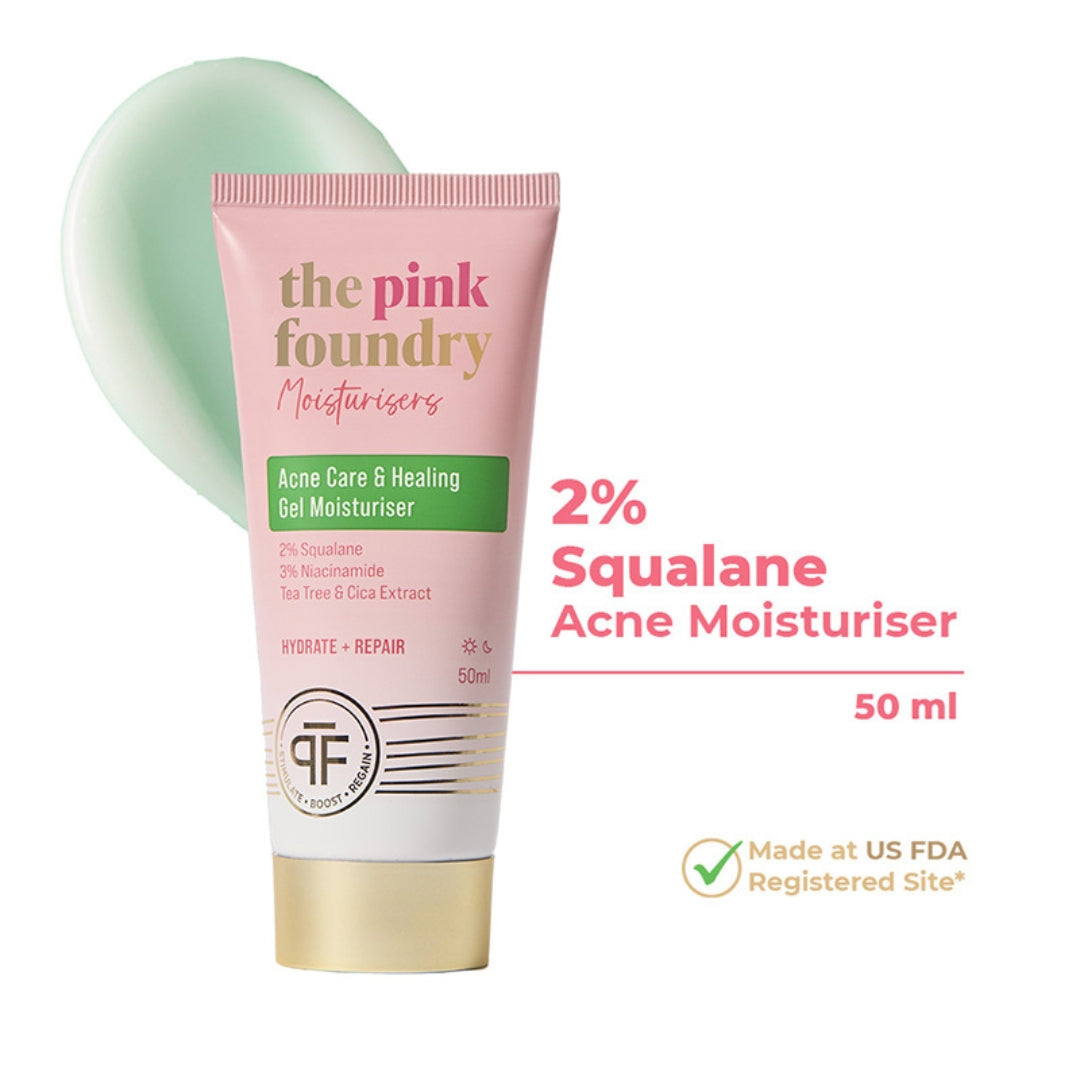
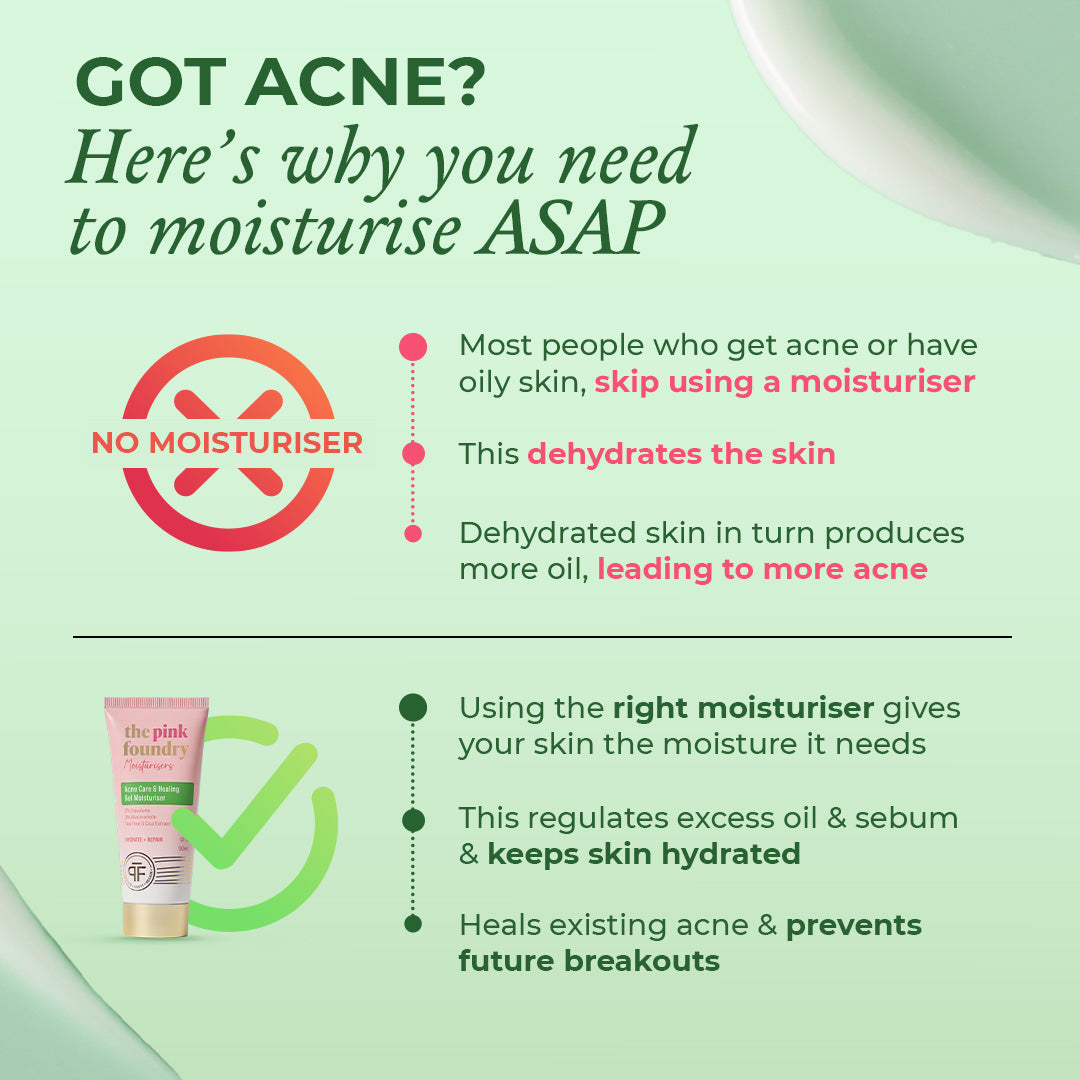
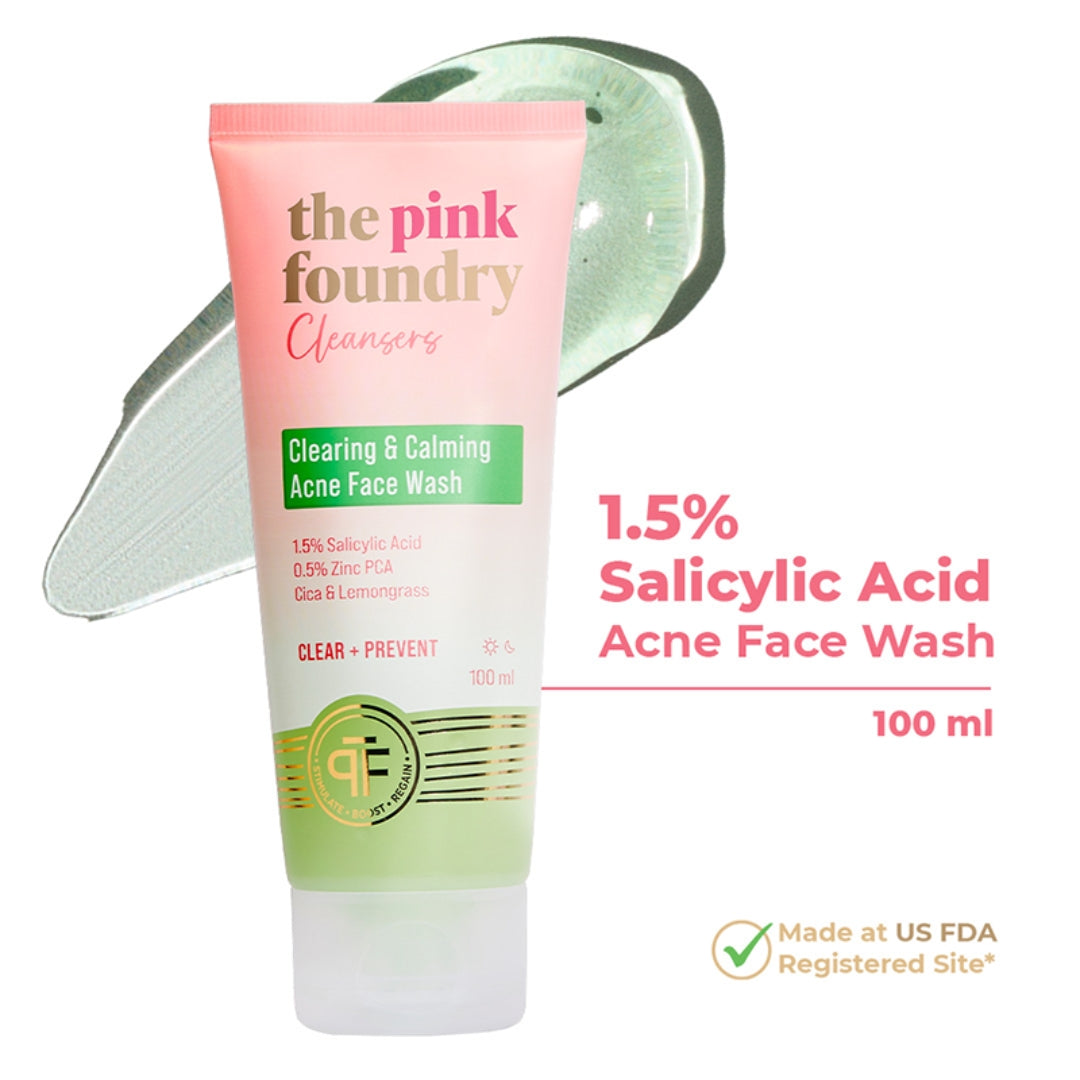
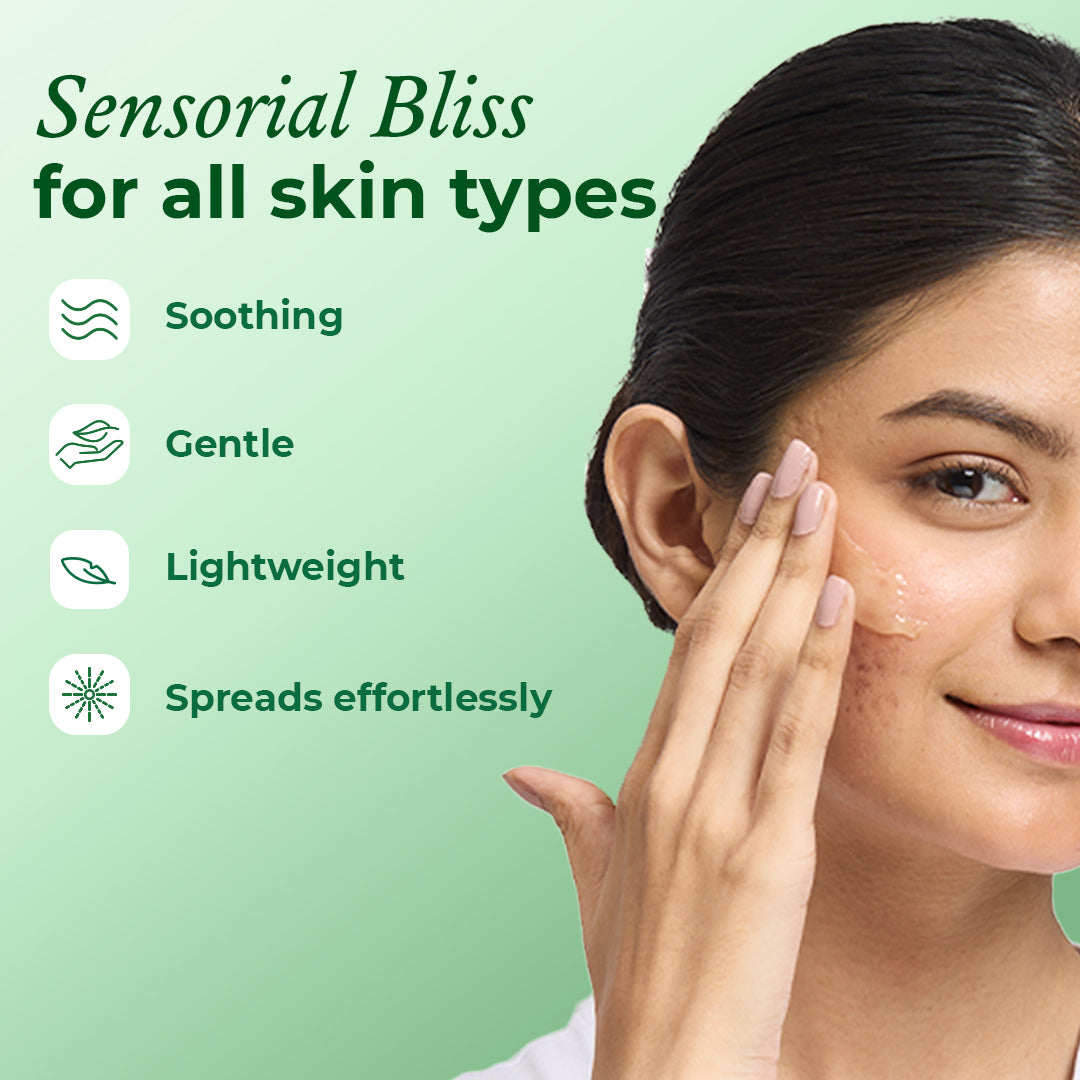

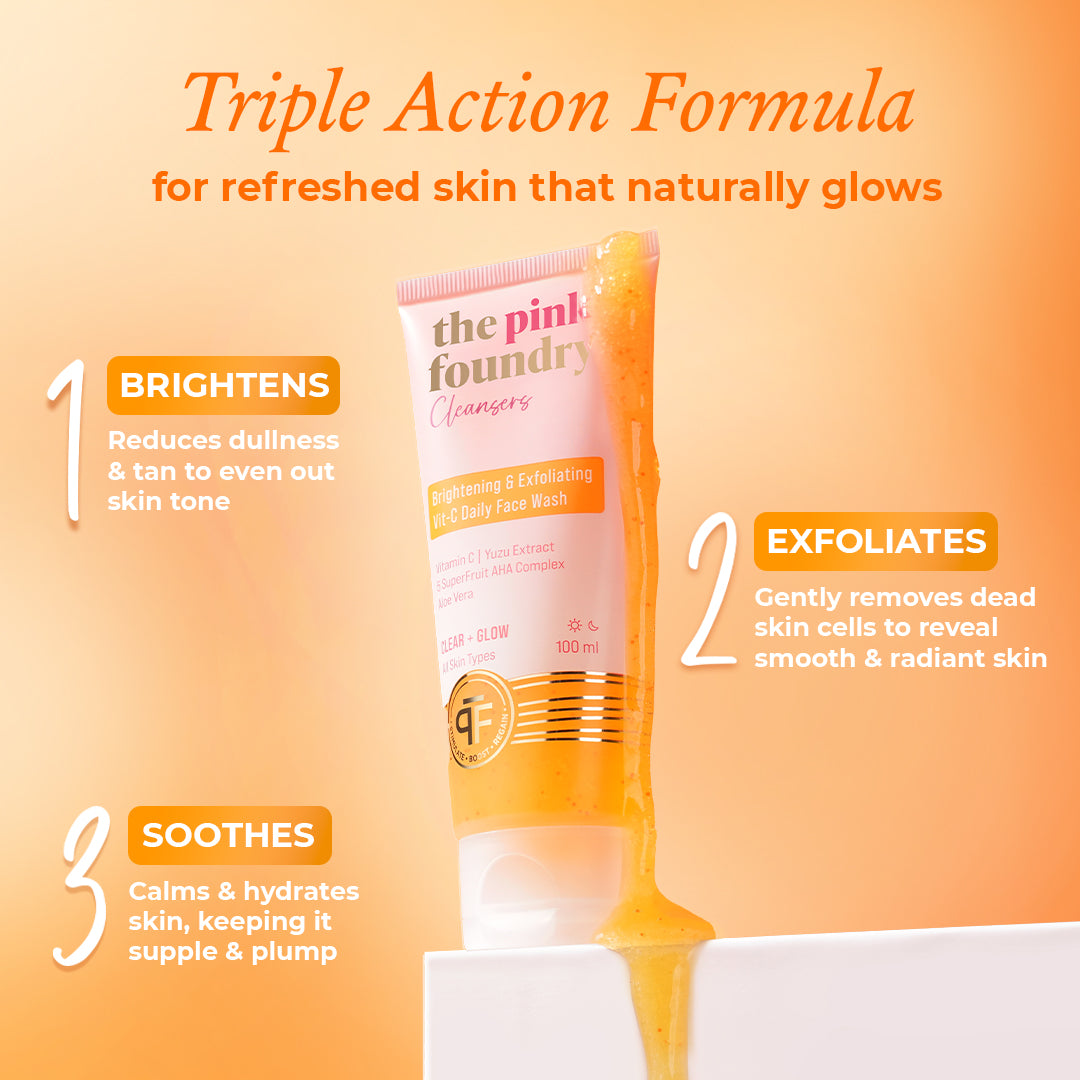
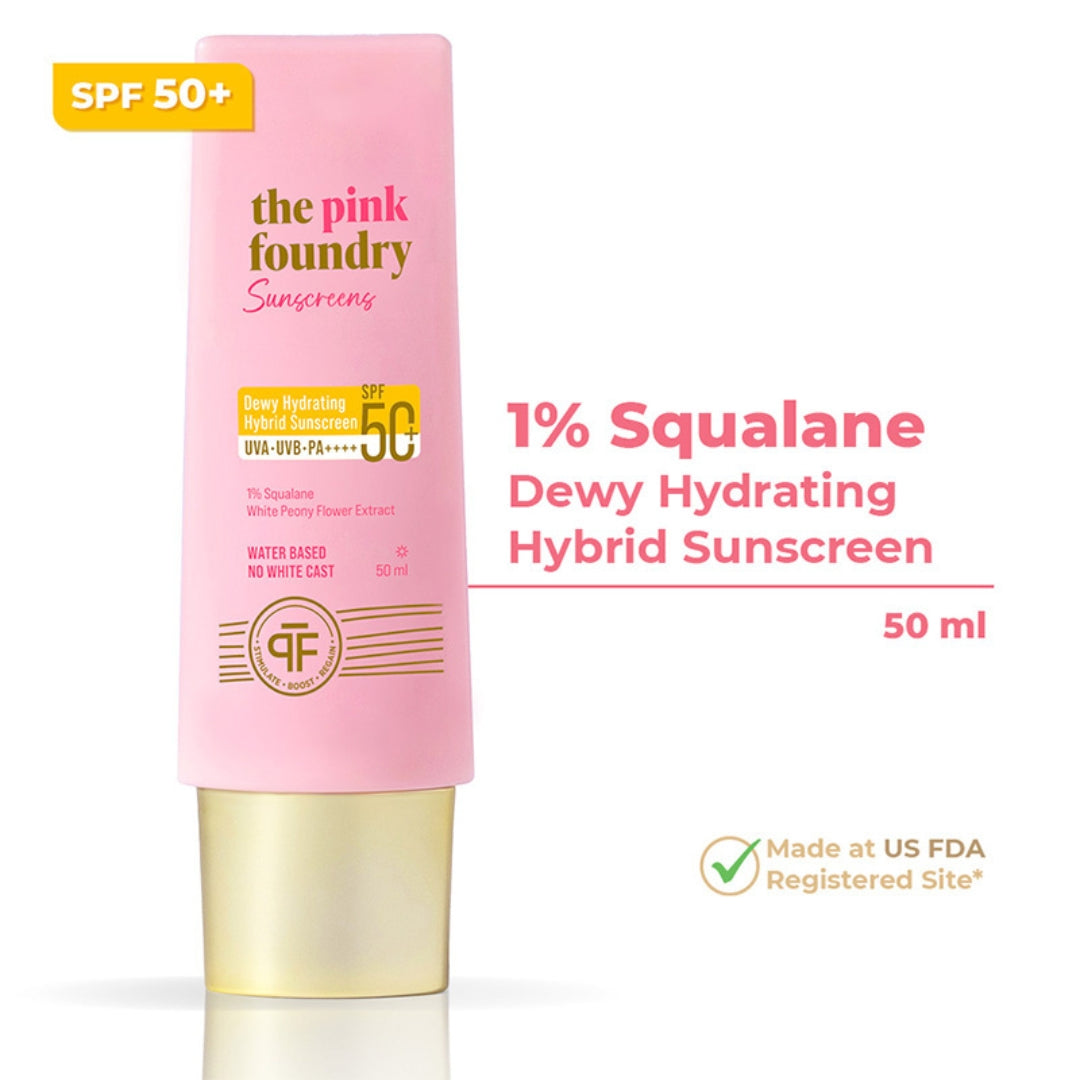
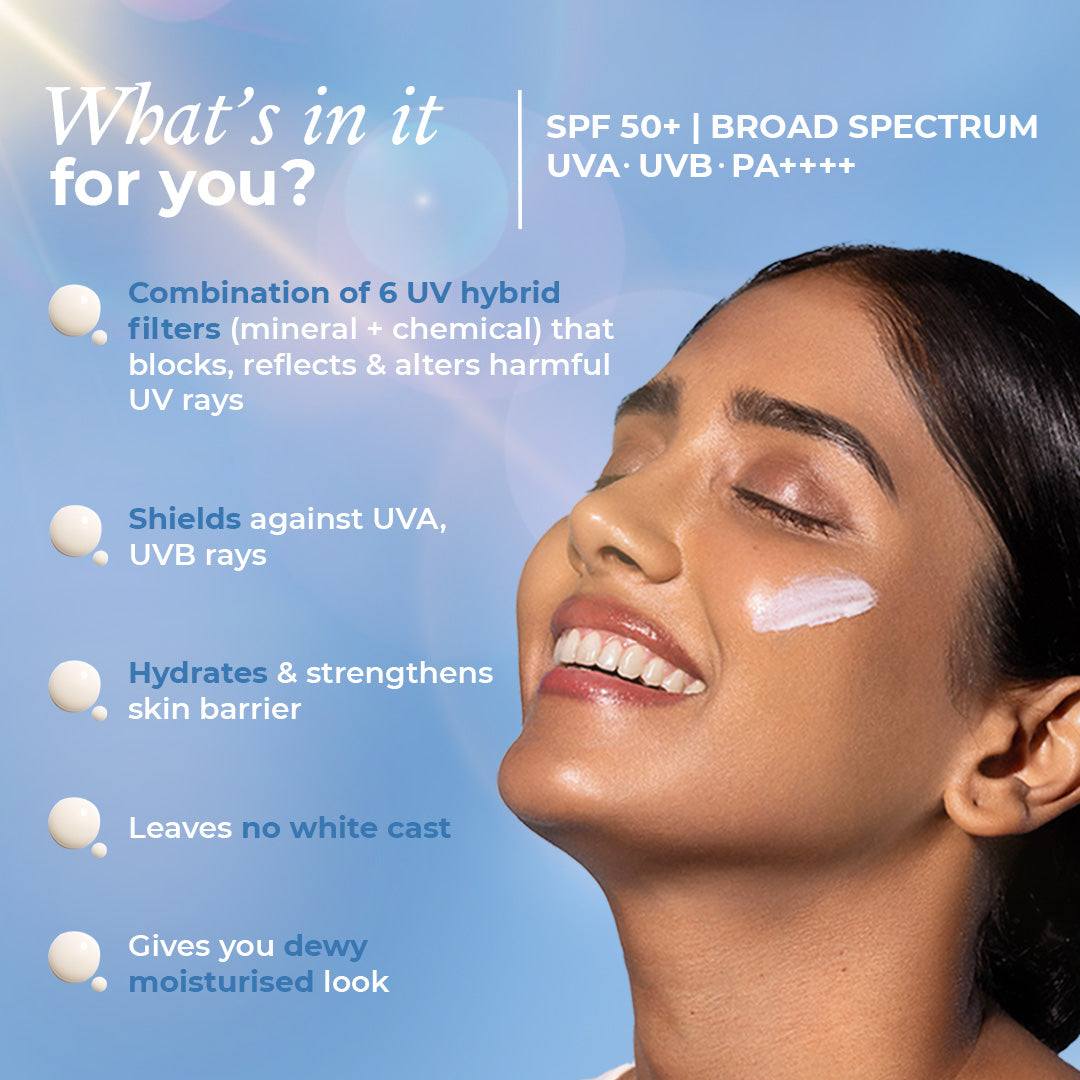

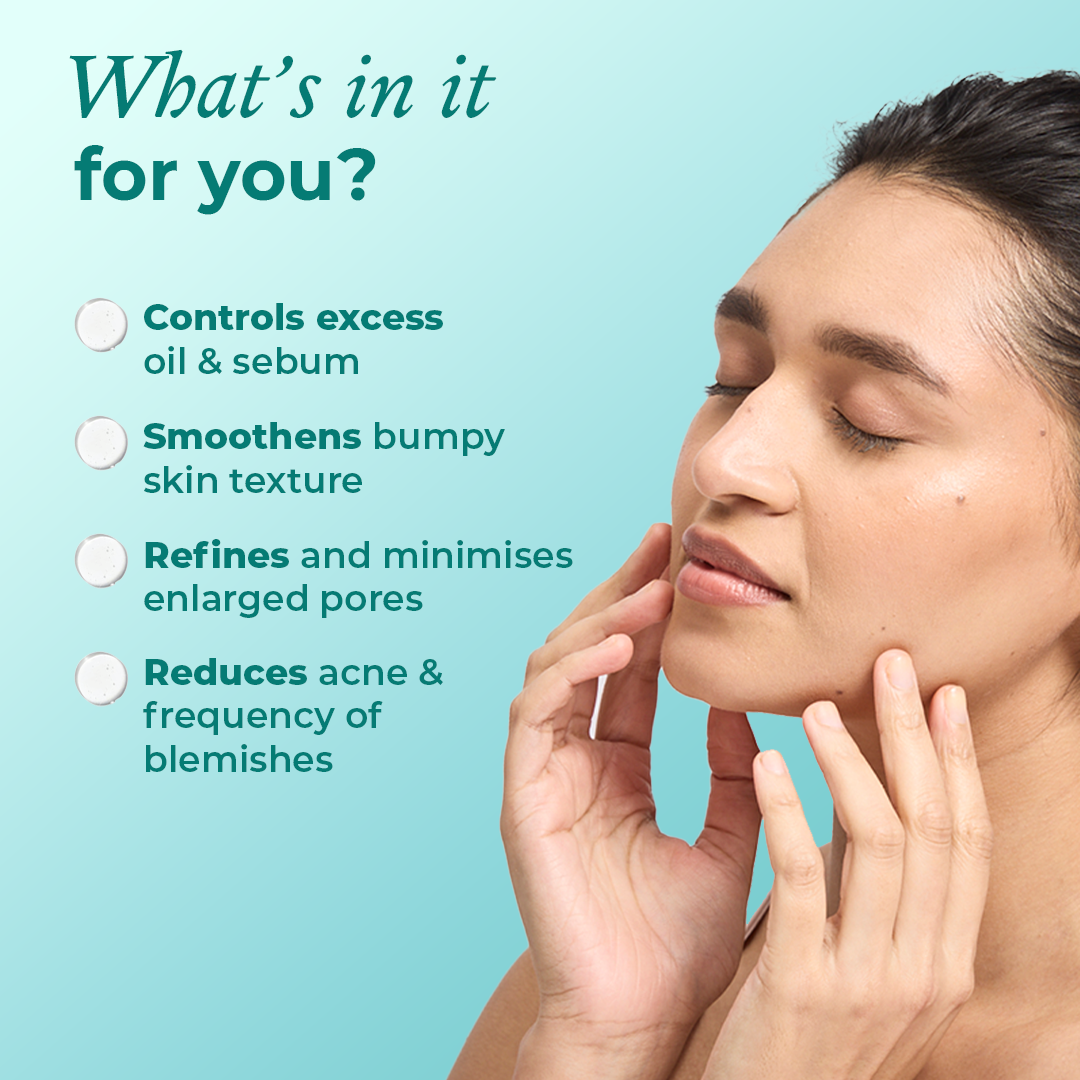
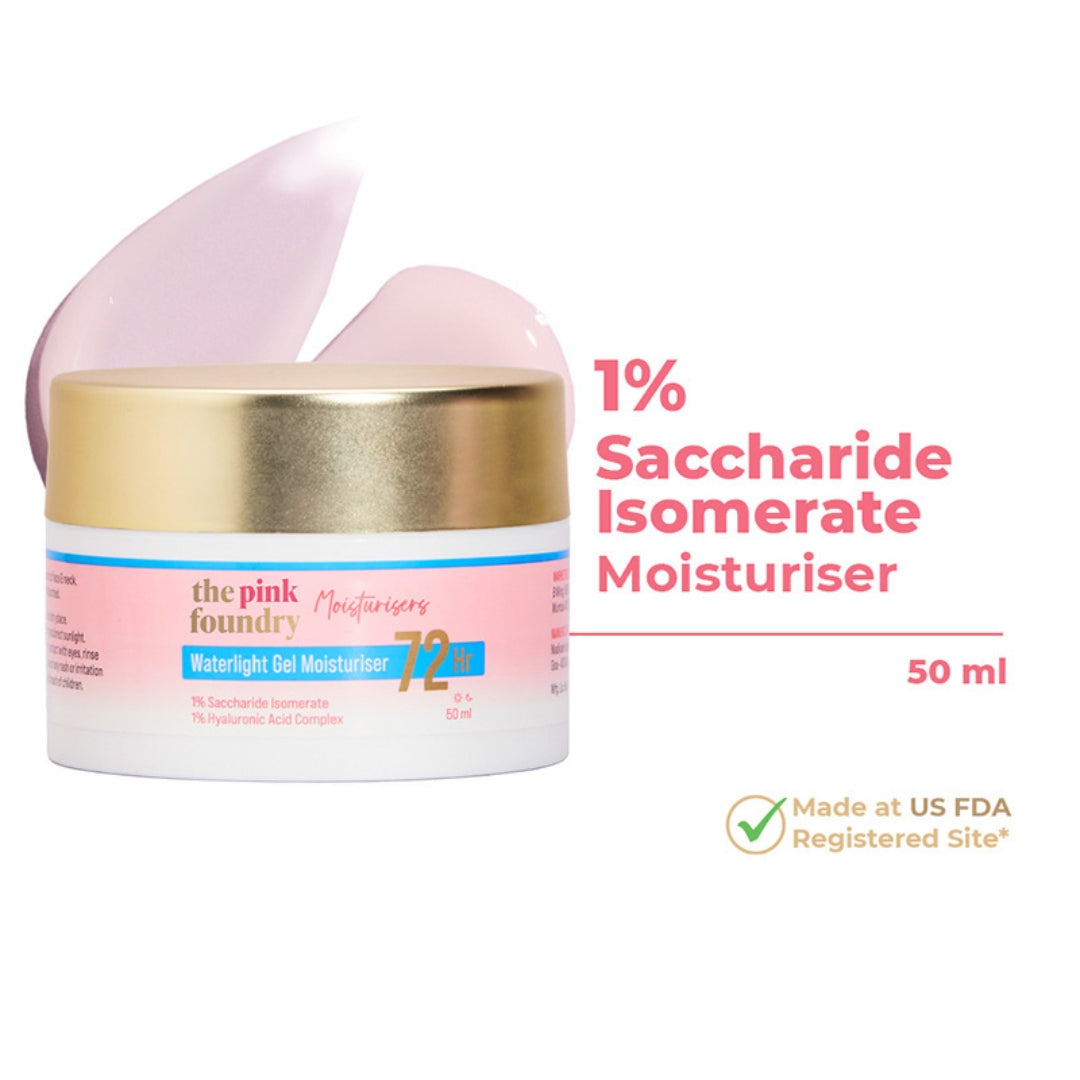
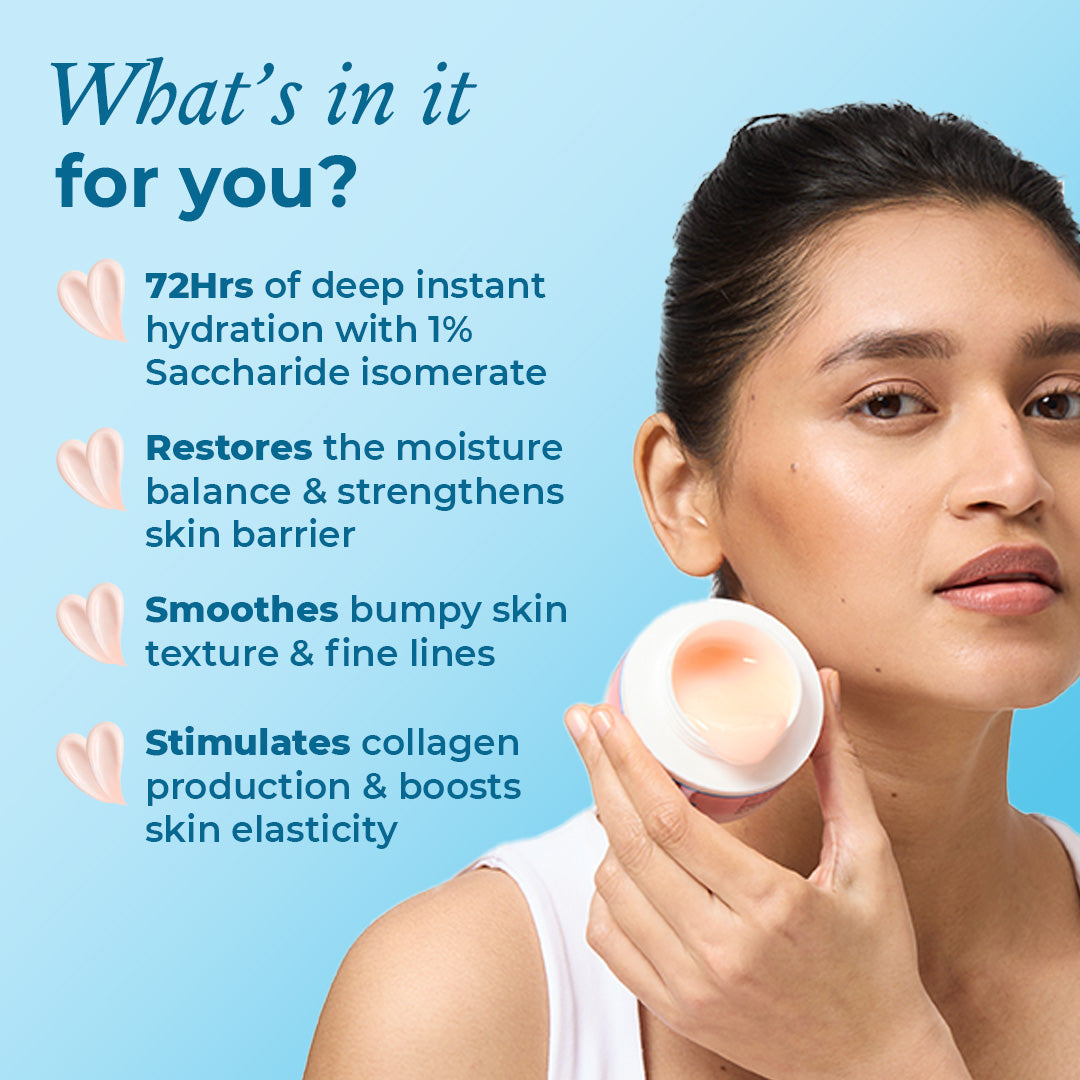
Leave a comment
This site is protected by hCaptcha and the hCaptcha Privacy Policy and Terms of Service apply.